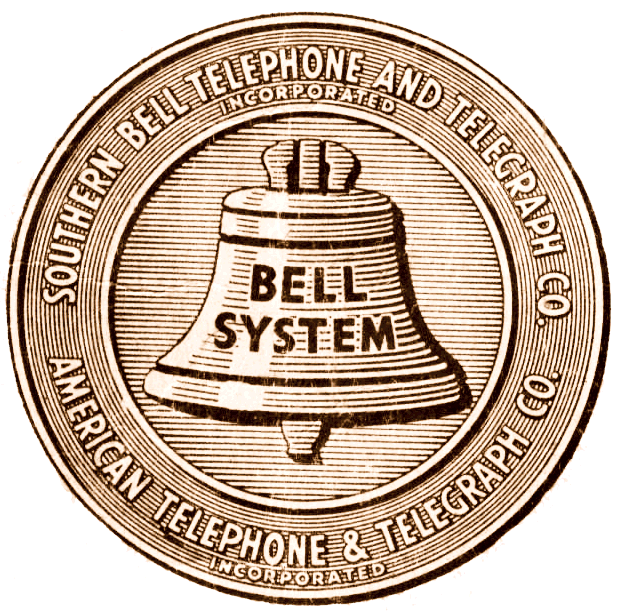Can I point out the UK BS1363 (type G) plug is the only one you can use to open a bottle of beer.
I’m not sure what that says about the UK.
German here. I’m absolutely positive I could open a beer with any of those plugs. And half of the sockets.
A fair point, but ours is practically a bottle opener. A lot easier after a few previous bottles.

deleted by creator
that’s right, the best one

Type J needs least space, is secure and fully compatible to type C. Don’t see why you’d need something else.
I like f and it also is compatible to c. not the least spacious though, just what I’m used to
Type A 😶
Type B 😦
Type K 😁
Not the kind of plug I was hoping for
It’s pretty much the same thing for butt plugs and drug dealers
One day it will all be USB-X
One day, all power will be wireless and we’ll all just be cool with having treatable cancer.
How else would my 5G microchips be powered.
Type 🅱️ gang
Voltage and a pin out would be cooler
Voltage is 220/240/250v, unless it is American or some parts of Central and South American where we use 110/120/130v.
The big pin is the earth(usually middle), left is usually neutral, and right is hot.
Japan is 100V
Pretty sure they’re on 115/120v. Which is also not entirely true because part of the country is apparently wired for 230v or something.
I dunno, there’s a long history there.
Japan is just 100V, not 110/115/120, there are some appliances that will use 200V. Similar to how the US has 240V. The weird bit with Japan uses both 50 and 60hz.
Right. That was the thing. They’re 50/60hz based on location. I know something was different but I misremembered.
For the US, they use 240v split phase. The secondary on the transformers have a middle tap, called neutral, so if you go from line to line, you get 240v, if you go from either line to neutral, you get 115/120v approximately. The benefit to it is that you can use two 120v devices in series, one connected to line 1, the other on line 2 and the neutral connections simply connected together. Total load voltage is 240v.
But appliances that use a lot of current like clothes dryers, air conditioners/heat pumps, water heaters, and ovens, can be connected to 240v directly.
It creates some interesting opportunities and challenges.
People get this wrong all the time. North America is 120V for the usual outlets, but what comes into your house is 240V split phase. You get 240V in places you want 240V, like electric stoves or clothes dryers.
Exception is apartments, especially those with elevators, which use three phase. Then you combine two legs to get 208V and your electric stove is kinda shitty.
That is a true fact, but all of the American outlets shown are 120v.
Type K looks the happiest.
:D
B’s one raised eyebrow is skeptical of this.
Welcome to Denmark.
It’s the hygge plug
The last one is a typo.
I think you’ve got a typo in your graphic
This has got to be only the most common plugs around the world.
I’m only familiar with US standards but this doesn’t seem to cover our other plugs for higher voltages.
Google NEMA receptacle types and you’ll find all the ones you’re missing.
This is a pretty coarse international thing, NEMA is more specialized to North American receptacles. “Type B” is a NEMA 5-15R, for example.
It’s missing the European high voltage plugs as well.
Did some travel recently and was exposed to some new plugs after using type A/B all my life. Big fan of type G, hated E/F.
As a life long user of type e, can i ask what you hated about it? Really curious tbh
You hated the shukko?
WTF?
Why couldn’t they look like their corresponding letter









